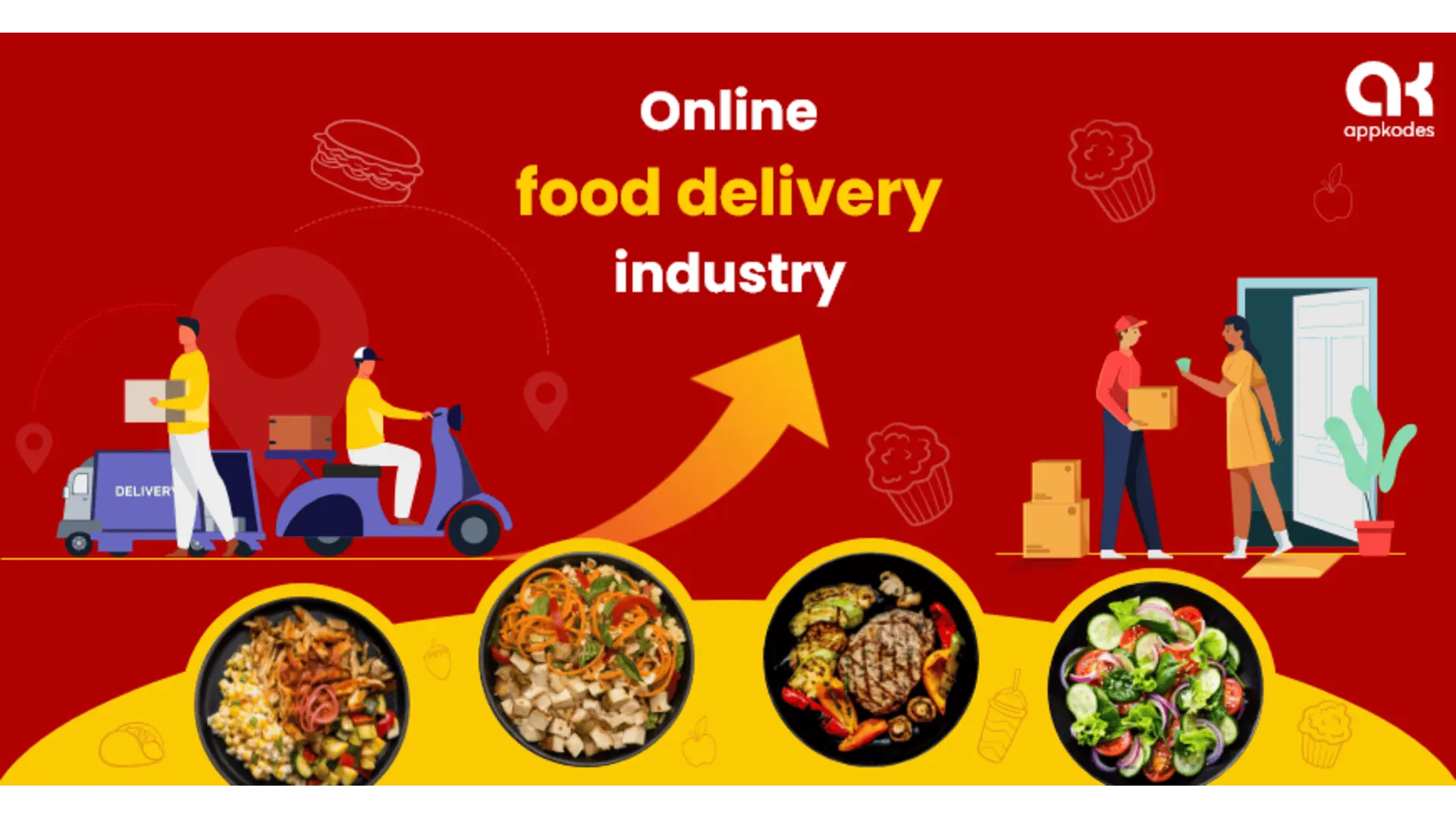
Online Food Delivery services have become the most lucrative venture in recent years. Many aspiring entrepreneurs are more interested in food delivery app development, as they can own an app like Uber Eats.
You might have learned to build the platform from scratch or by purchasing a reliable Swiggy Clone script. Have you analyzed the challenges you need to confront while running the app? Ensuring scalability is the major concern for any online service platform.
As per the PWC report, 32% of consumers who had one bad experience with their loved brand had stopped following the brand. Scalability issues, if not addressed properly, can give a bad experience to your users, and you may lose your customer base.
Now, we will study all possible scalability challenges and we will also offer you solutions to overcome the issues and have a stable run in this competitive market.
5 Biggest Scalability Challenges in Food Delivery App Development
A food delivery app with scalability issues directly impacts user experience, operational efficiency, and overall business success. Analyzing the key challenges and solving them will let your brand lead the fierce market. Let’s get into the crucial challenges along with the solutions.
1. Database Scalability
By the end of 2025, an average individual is expected to have around 5000 digital interactions per day. This significantly proves that the data volume grows every single day. Any online platform that uses traditional databases often faces this database scalability issue.
As these conventional relational databases are designed with a structured schema and ACID(Atomicity, Consistency, Isolation, Durability) compliance, they struggle under heavy loads.
Solutions
- Database Sharding: With this approach, the entire database is partitioned into smaller and more manageable pieces called shards. This will distribute the workloads among all shards and improve performance.
- Replication and Load Balancing: Here the database is replicated across several servers, and the workload is evenly balanced. This assures that no single server is overloaded and provides redundancy.
- Use NoSQL Databases: NoSQL databases like MongoDB and Cassandra are purposely designed to manage huge volumes of unstructured data. If your business tends to gain rapid data requirements then NoSQL databases will be the perfect choice.
2. Real-Time Data Processing
Real-time data synchronization is crucial in food delivery app development. The restaurant, delivery partner, and the customer need to know the order status, tracking, and food availability with real-time alerts.
Data synchronization among multiple servers may become complex as the data volume grows. Any lag or irregularity can cause a poor user experience.
Solutions
- Implement Web sockets: Data exchange between the server and the clients can be simplified by using Web sockets. It offers a full-duplex communication channel over a single TCP connection.
- Use Message Brokers: To efficiently handle real-time data, you can make use of third-party message tools like RabbitMQ and Apache Kafka. These tools ensure that the messages are properly delivered to the concerned user.
- Optimizing Data Streams: Always optimize data streams for low latency and high throughput. This optimization can help you to significantly improve real-time data processing efficiency.
3. Geographic Expansion
Once your food delivery business gets recognition, you may tend to expand your operations with other regions. Your focus will be on gaining more customers from several regions.
However, the technical infrastructure may struggle to manage the geographic expansion. An increase in the user base can strain the server. Also, managing peak loads will be an additional burden to the server.
Solutions
- Multi-region Deployment: Launch your app across several geographical locations which will reduce latency and increase performance. You need to rely on a perfect cloud service provider who can carry out the installation on multiple regions effectively.
- Content Delivery Network (CDN): Using CDN, you can reduce the loading time of your app as it can save the cached versions of your content.
- Localization Strategies: Focus on localization techniques that will let the app fit into multiple languages, currencies, and cultural preferences. This will enhance the user experience without any doubt.
4. Managing Peak Hours Demands
Running a food delivery app can be more challenging, especially during peak hours. During breakfast, lunch, and dinner time, the demand will be high. The platform will get more orders and clients will be using the app to track their orders and to know their order status.
If you are not prepared for the sudden spike your platform may provide a poor user experience.
Solutions
- Load Testing: you need to identify your app’s breaking points through regular load testing and capacity planning. This will help you to understand your app’s limits and will let you plan your peak hours accordingly.
- Auto-Scaling Policies: Implement this approach to your app infrastructure and this will scale up the server performance during peak hours and will scale down automatically during normal hours.
- Caching Strategy: This is another effective approach that will reduce the database load and speed up the response time.
5. Cost Management
Budget constraints can be a serious issue for many budding entrepreneurs. Balancing scalability with cost-efficiency is the major challenge for any food delivery app owner.
For better resource optimization, you need to rely on the complex pricing of cloud service providers. To support scalability you need to invest more in monitoring tools and other systems.
Solutions
- Choose Cost-Effective Cloud Services: To reduce your infrastructure cost, you need to find the right cloud service provider and subscribe to the best plan for your app.
- Optimize Resources: A frequent audit is needed to check on resource usage. This audit can help you to properly utilize all resources with less cost.
- Go for the Usage-based Pricing Model: You know that your business is not going to get orders on a 24/7 basis. Choose the plan wisely so that you can save server costs.
Conclusion
Having discussed the challenges, if you still have confusion, seek assistance from a reliable food delivery app development company. With their expertise in this domain, you can easily succeed and achieve your business goals.








